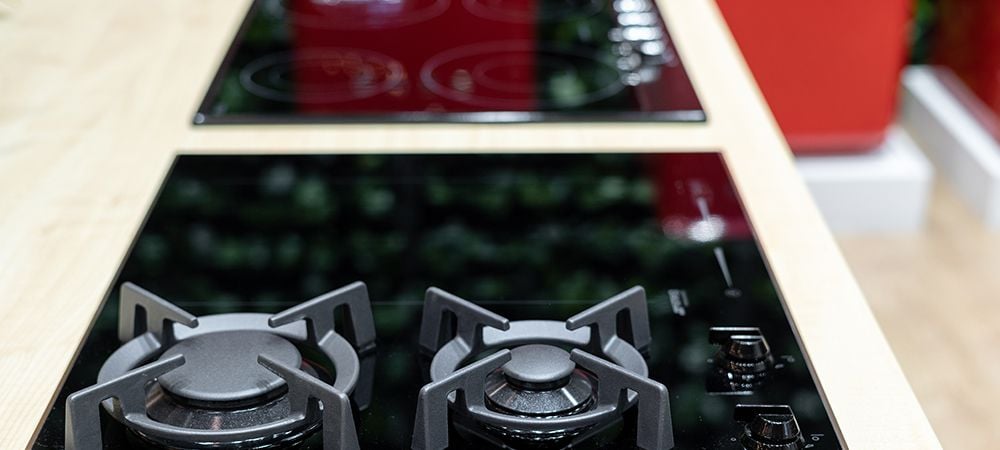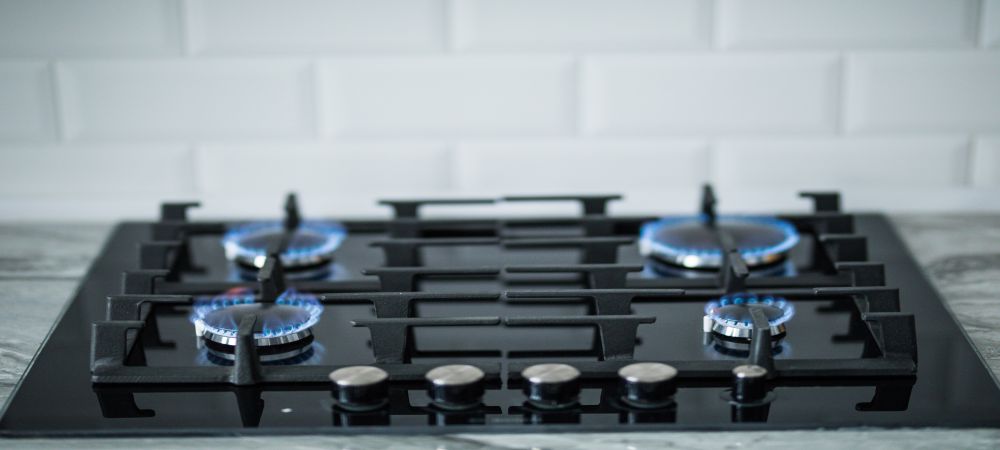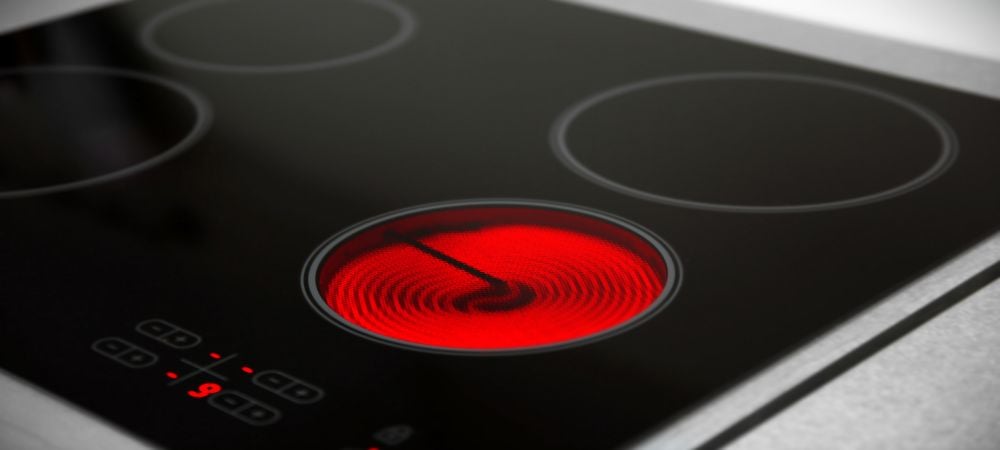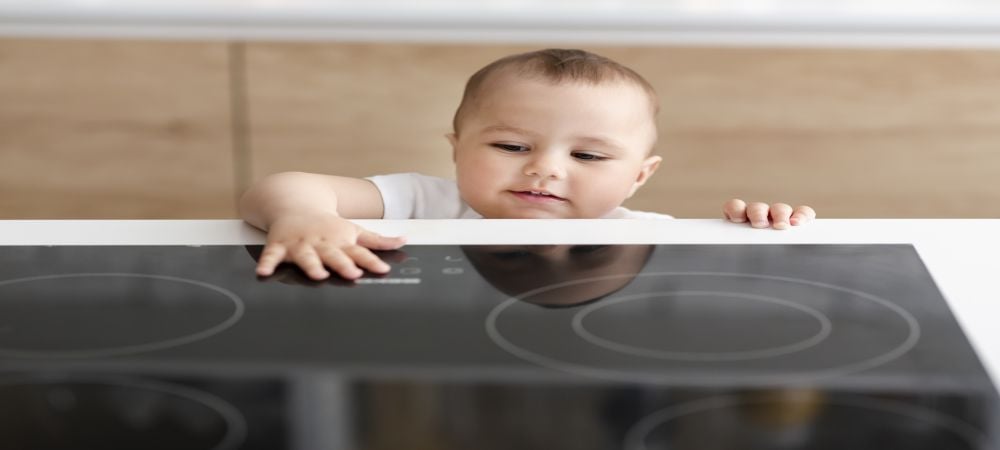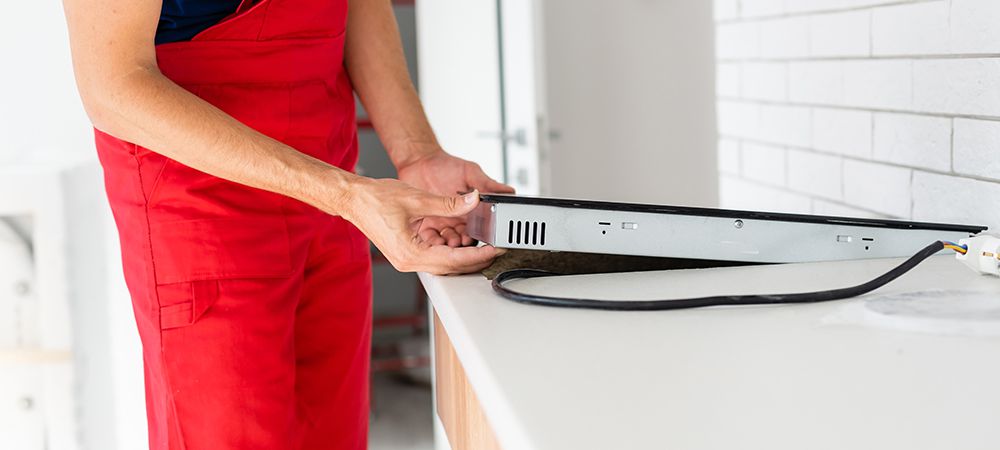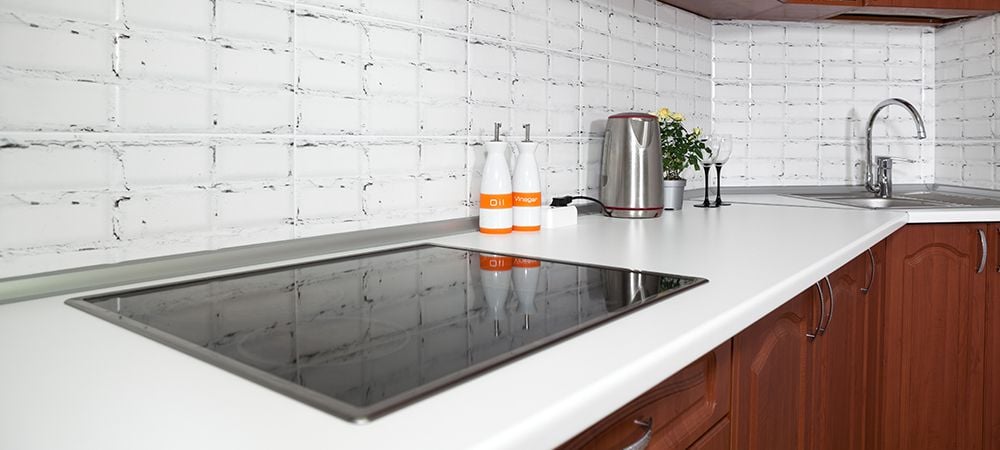Cooktops – also referred to as “stoves” or “cookers” – are a staple in every household. In fact, they have been a mainstay in our society for centuries, making things infinitely easier and more convenient in the kitchen. You will be glad to know that there are plenty of cooking stoves available at your disposal – including the classic gas stove and the innovative induction cooktop.
Are you wondering which type to go for? If you are beginning to feel overwhelmed, don’t worry. We’re here to make things easier for you. In this guide, we will discuss everything you need to know about gas and induction cooktops, especially their pros and cons. Once armed with the right knowledge, you can make a smart decision on which type of cooktop best suits your needs, preferences, budget, and situation.
Gas vs Induction Cooktops: Everything You Need to Know
There are several things to keep in mind when choosing between gas and induction cooktops. To facilitate the decision-making process, we will run through the most important determining factors, and explore the pros and cons of each cooktop in light of these criteria.
Note: Although the terms “cooktop” and “stove” are often used interchangeably, they are not always the same. Essentially, a cooktop only takes up countertop space, which means that all the controls are on top of the appliance. Stoves can also refer to this, but at times, they may have an oven directly built below them. In this case, it is called a “range” and the controls are placed in front of the appliance. So, even though we are also using the two words interchangeably, what we are referring to is cooktops (if you want to get technical on the definition).
1. Power Source
One of the most striking differences between an induction and gas cooktop has to do with the power source and, consequently, the cooking process or the heating method.
As the name suggests, gas stoves are fuelled by combustible gas like natural gas, propane, and liquefied petroleum gas (LPG), among others. The mixture of gas and air travels to the burner and produces an open flame, which is then used to heat the cooking pots. In contrast, induction cooking makes use of an electromagnetic field to directly heat the bottom of the cookware.
Both types of cooktops require the use of electricity, although induction stoves don’t produce an open flame.
2. Energy Use and Efficiency
Energy efficiency will always be an important consideration when choosing which household appliance to buy. Without a doubt, induction cooktop is significantly more efficient than gas stoves. It could pass on as much as 90% heat to the cookware, as opposed to the 40% to 55% energy transfer for gas. The reason why gas cooktops are inefficient is that the heat gets lost in the air.
The energy efficiency of induction cooking boasts several advantages. First, it means that your food gets cooked faster while requiring less energy. This makes it better for your wallet and the environment.
3. Ease of Installation
Depending on how comfortable you are with DIY work or how your home is made, both gas and induction cooktops may require professional installation.
Gas cooktops, in particular, can be labour-intensive to install. It primarily involves attaching the appropriate gas connector to the gas line. You will also have to ensure that the connector, pipe threads, nuts, and other fittings are secure to avoid any leaks. It may sound like a lot of work, but it is important to note that most homes are built with gas stoves in mind, so there isn’t a lot of tweaking that needs to be done.
If you plan to switch to induction cooktops, you will likely have to call a licensed electrician to make the necessary modifications. They will ensure that your kitchen can accommodate your new appliance’s voltage and current requirements, among other things.
With that said, if you are completely remodelling your home or just about to build a new one, the ease of installation won’t be a crucial factor, since professionals will have to work on your kitchen either way.
4. Ease of Use
One of the reasons why people stick with gas stoves is because gas cooking is the most familiar and most common cooking method. It is something that most people know at the back of their hands, so it only makes sense to stick with it. In other words, gas stoves are fairly straightforward to use – you simply have to turn the dial to weaken or increase the flames. The flames also serve as a visual aid, making it easier for you to gauge the heat level of your cooktop.
An induction cooktop is also easy to use. Controlling the temperature, for instance, is just a matter of pushing the right buttons on the touch controls. However, it can take some time and practice before you master the nitty-gritty of induction cooking.
Furthermore, for people who are not comfortable with technology, the induction cooktop’s control panel can be intimidating, especially with its LED display screen and assemblage of buttons. Plus, the lack of flames also means that the user won’t have a visual representation of the heat level. Incidentally, some high-end models do have LED flames to give you a clearer picture of the generated heat.
5. Ease of Maintenance
Proper care and maintenance are vital if you want to increase the lifespan of your household appliances. Generally speaking, induction cooktops are far easier to clean than gas models. First, make sure to wait until the cooktop cools down before getting started. Afterwards, all you need to do is wipe away the spills with a damp cloth (usually moistened with a cleaning solution), then follow it up with a dry cloth.
Gas stoves, on the other hand, will require more time and energy to clean. This is because the cooktop’s surface is not flat. Instead, it consists of different parts (such as the burners), which means that there are several nooks and crannies you have to reach and clean. If the food debris is already caked on, you may even need special cleaners or cleaning tools. But if you clean your stove regularly, this shouldn’t be a problem.
Related article: What to Do If the Gas Cooktop Surface Burner Won’t Light
6. Safety
Induction cooktops win by a mile when it comes to safety. After all, it doesn’t create flames, so you don’t have to worry about unexpected fire outbreaks. It also doesn’t require a gas line, reducing the likelihood of combustion and other fire-related issues even further.
Since gas cooking involves the use of open flames, it can be a fire hazard. However, this should not be an issue if your gas cooktop is installed and used correctly. Vigilance, in such cases, is key.
Related article: How to Fix Induction Cooktop Not Turning On
7. Convenience
Both gas and induction cooktops can be convenient – although in wholly different ways. Assess these characteristics and figure out which one best aligns with your unique situation.
Here is why gas cooking is convenient:
- This cooking method is straightforward and familiar.
- It can work with any type of cookware, as opposed to an induction cooktop, which requires pots and pans made with ferromagnetic materials.
- With gas stoves, you can easily tell how much heat is being produced.
- It is versatile and suitable for grilling, searing, and other similar cooking techniques.
Some reasons why induction cooking is highly convenient include:
- It enables you to prepare and cook meals faster.
- Induction cooktops are an absolute breeze to clean.
- It offers precise temperature control, reducing the likelihood of under- or over-cooking. As such, you can guarantee that your dishes will be mouth-watering every single time.
- It comes with excellent safety features.
8. Costs
Gas cooktops tend to be less expensive than induction cooktops, so it is a great choice if you are on a tight budget. However, the installation costs are an important consideration, too. If your kitchen doesn’t already come with a gas line, be aware that setting up one can be expensive and time-consuming.
Induction vs Gas Cooktops: The Final Verdict
Both gas and induction cooktops have their respective pros and cons. That is to say, one is not better than the other and it ultimately just boils down to your needs and preferences. Your budget and kitchen situation are also important factors.
Gas cooktops are strongly recommended if you want something familiar and straightforward to use. As a bonus, it is durable, cost-effective, and budget-friendly. Gas cooking is also convenient since most homes are already set up for a gas stove or range. Meanwhile, you won’t go wrong with induction cooktops if energy efficiency, convenience, and safety are your top priorities. However, be aware that this type of cooktop can be pricey.
Whatever you end up choosing, Prime Appliance Repair is here to help you the moment your cooktop requires professional servicing. With our team of highly qualified repair technicians, your cooktop will be back to its former glory in no time.





